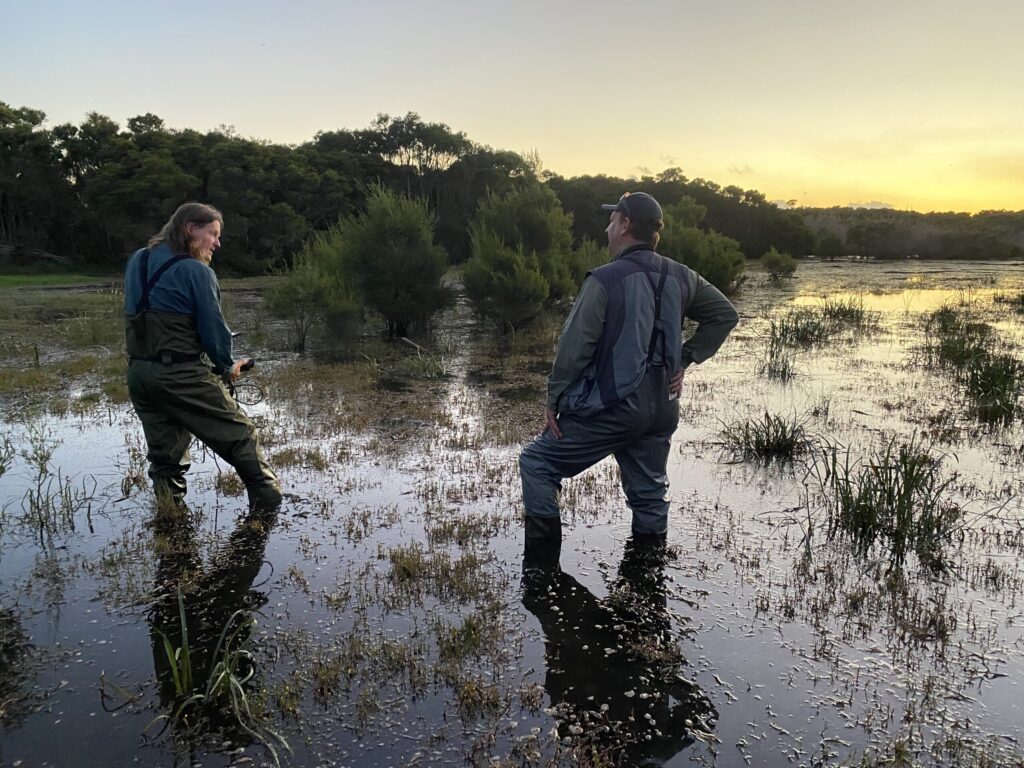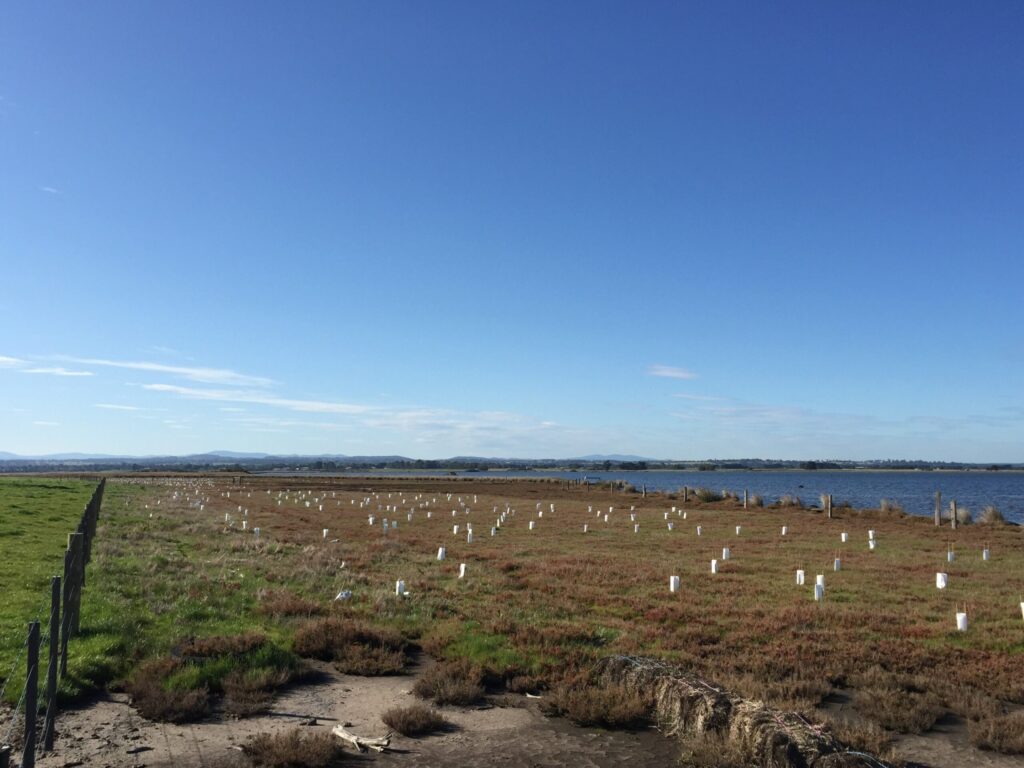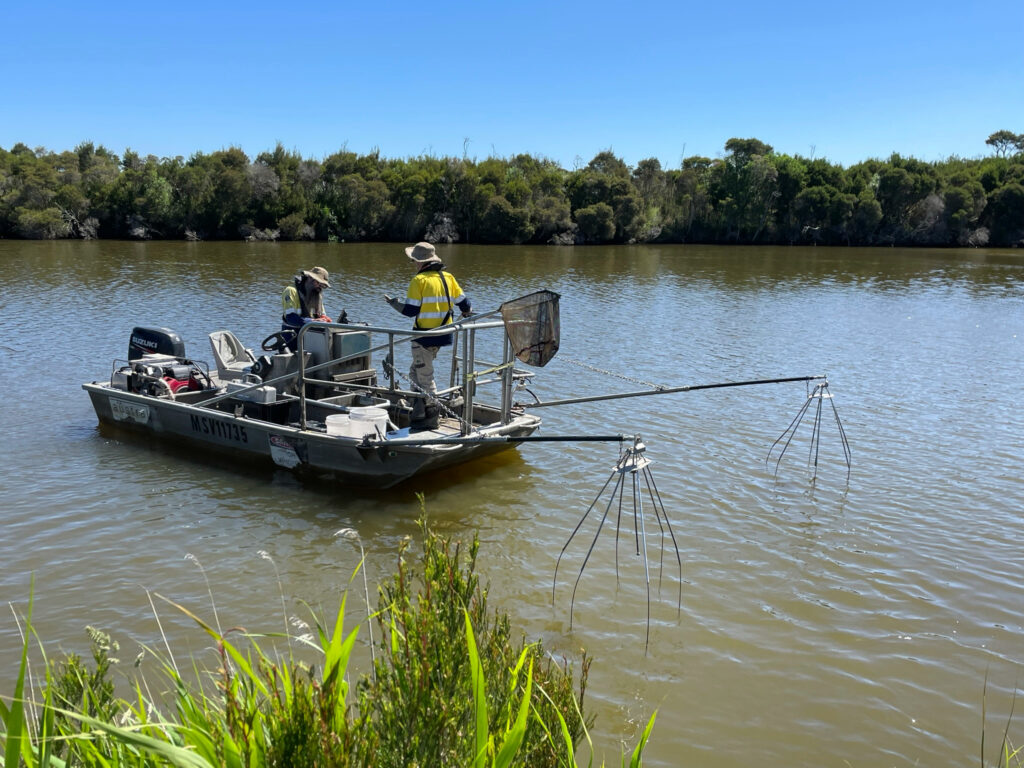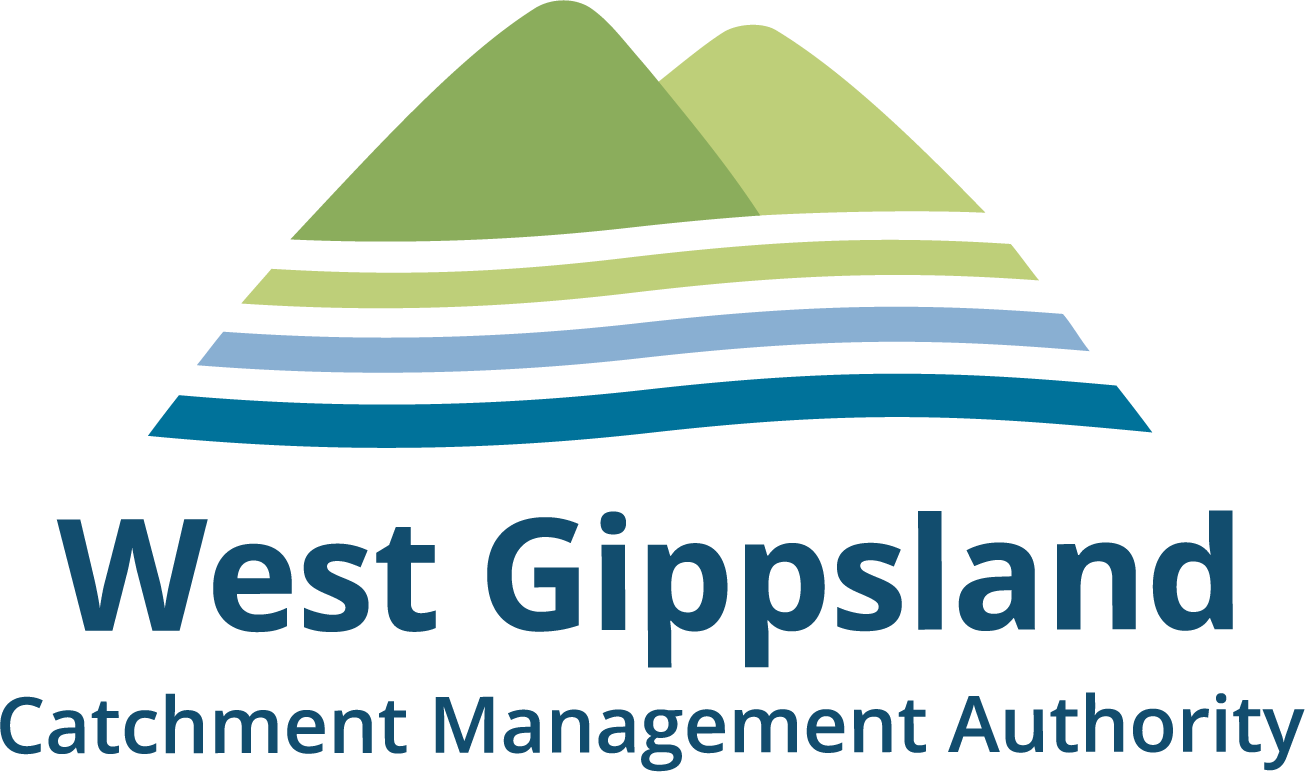Love and positive results for the Gippsland Lakes
New homes for native fish, seagrass friendly moorings, annual pelican counts, renourishing islands for endangered birds and much more – that’s the dynamic Gippsland Lakes program in action with achievements detailed in the latest program summary report demonstrating the importance of collaborative, sustained effort.
The precious series of coastal lagoons and fringing wetlands covers over 60,000 hectares and is fed by five major rivers across its 20,000 square kilometre catchment that connects to the ocean at Lakes Entrance.
The program operates under the Love Our Lakes banner to deliver innovative, collaborative projects informed by the Gippsland Lakes Ramsar Site Management Plan with the Gippsland Lakes Priorities Plan identifying the highest priority management actions.
Over the three-year program, 22 regional partners planned and delivered 34 projects, with an additional 15 Community Grant projects and 17 Ramsar specific projects. Challenges were tackled together through a collaborative approach resulting in projects successfully delivered on the ground.
“We respectfully acknowledge the Gunaikurnai as the Lakes’ Traditional Owners who have cared for Country for tens of thousands of years and continue to do this with a key objective of the Gippsland Lakes program empowering Traditional Owners through Joint Management and self-determination with Gunaikurnai Land and Waters Aboriginal Corporation identifying and addressing threats to priority cultural and environmental values within the Gippsland Lakes,” said Bec Hemming, CEO of East Gippsland CMA.
Across the entire three-year program, efforts built on previous works and created pathways for future successes with highlights including:
- 1,500 Cultural assessments and four projects led and delivered by Gunaikurnai Traditional Owners
- Once in a decade White-bellied Sea-eagle surveys recorded, 45 actives nests
- Six hectares of sand renourishment to create habitat for threatened birds
- Ten seagrass friendly moorings developed and installed
- Fifteen ‘frog bog’ wetlands installed to improve habitat for threatened frogs
- Three seagrass restoration trial sites established
- Five fish habitats created and native fish released
- Thirty threatened Dwarf Kerrawang plants translocated into Blond Bay
- Endangered wildlife protected through 27,700 hectares of pest animal control
- Waterways connected and protected through 2,250 hectares of weed control and 130 hectares of revegetation to connect and create wildlife habitat
- Local community and partners involved through 130 partnerships
- Rivers, wetlands and important habitat protected with 43 kilometres of protective fencing and bollards installed.
“All these numbers add up to a unique and significant investment in the Lakes’ future as a healthy catchment for us all to enjoy. We’d like to acknowledge and thank all partner organisations, agencies and community groups involved in the development and completion of the program,” Ms Hemming said.
“This report will further help guide and inform future efforts to maintain and improve the health of the much loved Gippsland Lakes,” Ms Hemming concluded.
Recognising the importance of the Gippsland Lakes to the community, the Victorian Government has invested $20 million since 2015 to protect and improve the ecological and community values supported by the Lakes. In addition, a further $6 million was recently announced by Minister for Water Gayle Tierney to continue support for the Lakes.
The Victorian Government also established the Gippsland Lakes Coordinating Committee in 2015 to improve the environmental health of the Gippsland Lakes. The committee plays a critical role in advocating and supporting for the long-term health of Gippsland Lakes and their catchments, overseeing investment in community and agency projects.






